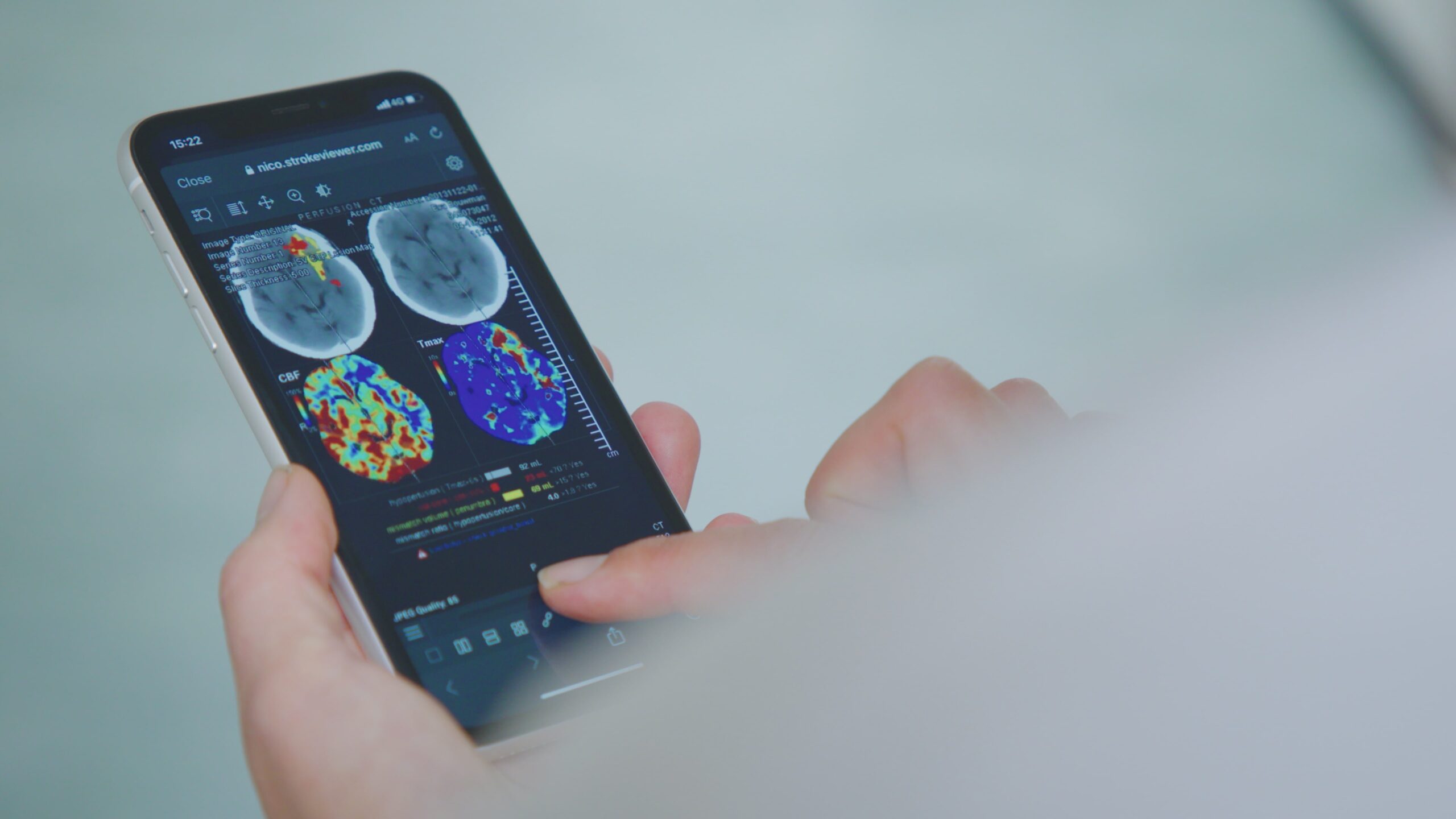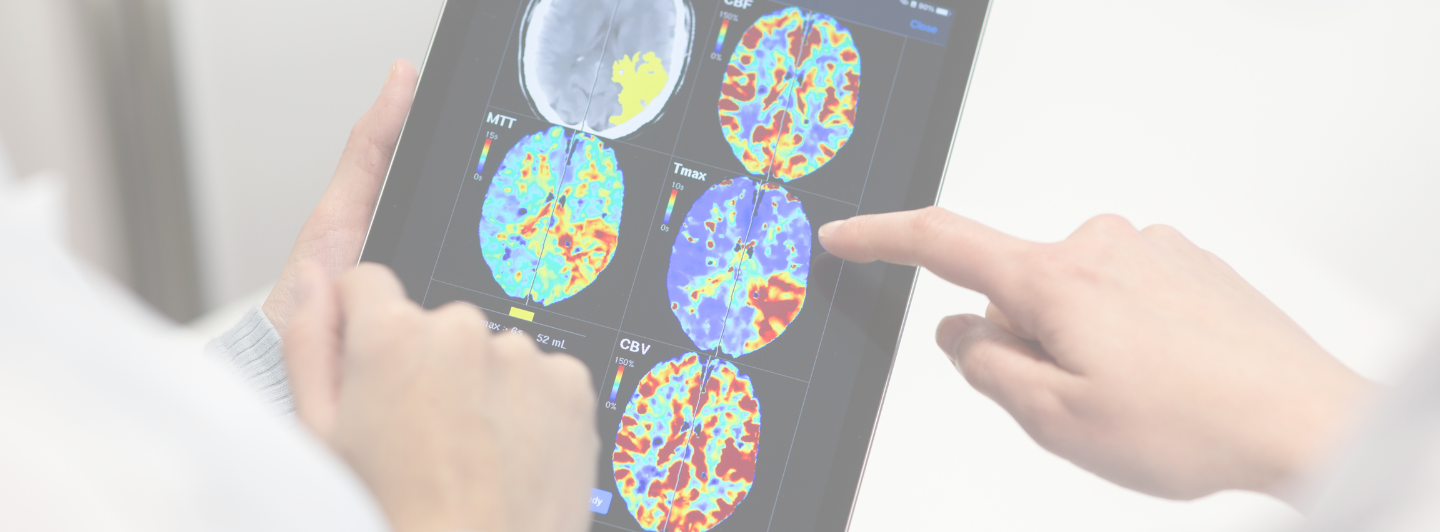The integration of mobile technology within healthcare has heralded a new era of precision, efficiency, and patient-centric care, notably in the specialized domains of endovascular neurosurgery and radiology. This evolution in technology not only amplifies the flexibility and responsiveness of healthcare professionals but also significantly elevates patient outcomes. This article delves into the significant impact of mobile technology in these critical healthcare fields, supported by scientific research.
Revolutionizing Patient Care and Staff Workflow
The introduction of mobile computerized tomography (CT) scanning in neurosurgery intensive care units exemplifies the capacity of mobile technology to bolster patient safety and lessen staff workload. Mobile CT scanning has been shown to reduce the need for transporting unstable patients, thus decreasing the risk of further deterioration and secondary brain injuries, which highlights the crucial role of mobile technology in enhancing both patient care and operational efficiency within healthcare settings (Gunnarsson et al., 2000).
Similarly, the advent of mobile intraoperative magnetic resonance imaging (MRI) systems has led to notable advancements in surgical outcomes and patient safety. These systems enable the real-time identification and resection of residual lesions before the closure of wounds, thereby enhancing the efficacy of surgical interventions (Kaibara et al., 2000).
Training and Simulation
The integration of simulation and augmented reality into endovascular neurosurgery training reflects advancements across high-stakes industries, like aviation. Mobile-based simulation tools enhance safety and efficacy ahead of real-life application, significantly improving procedural safety and enriching the educational experience for trainees (Mitha et al., 2013).
Enhancing Communication and Efficiency
Smartphones’ role in transmitting radiological images has transformed departmental communications, enabling swift decision-making in emergencies. This practice, while raising concerns about patient data safety, underscores mobile technology as a critical tool in enhancing patient care through improved communication channels (Kameda-Smith et al., 2017).
Mobile Technology: Challenges and Opportunities
Despite the significant advantages, the integration of mobile technology into healthcare practices is not without challenges. Concerns regarding data security, privacy compliance, and the need for robust infrastructure support highlight the complexities of adopting mobile solutions. However, the opportunities for improving patient care and enhancing healthcare efficiency are driving ongoing innovation and adoption.
As healthcare continues to evolve, the potential for mobile technology to further advance the capabilities of endovascular neurosurgeons and radiologists is immense. Future developments in mobile applications and devices are poised to offer even greater precision in diagnostics, more efficient patient management, and enhanced collaborative care models.
Nicolab’s StrokeViewer: Pioneering Mobile Innovation in Stroke Care
In the realm of mobile healthcare technology, Nicolab’s StrokeViewer stands out not only for its innovation but also for its unique position as the only stroke-dedicated mobile DICOM viewer approved for Diagnostic Use. This distinctive feature brings unparalleled value to healthcare professionals, offering them high-quality, complete image series directly on their mobile devices. Endovascular neurosurgeons and radiologists can now conduct diagnoses anytime and anywhere—be it in the dead of night or during critical emergencies—without the need to access a traditional workstation. This convenience significantly enhances the flexibility and responsiveness required for swift stroke care delivery, all while minimizing off-label use and the associated legal risks.
As we embrace the advancements in mobile technology within healthcare, StrokeViewer’s cloud-native capabilities underscore Nicolab’s commitment to transforming stroke diagnosis and treatment. We invite healthcare professionals to explore the transformative potential of StrokeViewer and discover how its pioneering mobile diagnostics can elevate patient outcomes and streamline care processes. Schedule a demo today to witness firsthand the benefits and innovations that StrokeViewer brings to stroke care.
Looking Ahead: Future Trends in Stroke Care Technology
Captivated by how the fusion of mobile technology and cloud-based systems is transforming stroke care? Our upcoming feature, “Future Trends in Stroke Care Technology,” explores emerging technologies set to redefine treatment precision, efficiency, and effectiveness. Discover the breakthroughs shaping the future of patient care and establishing new standards in the medical field.
For those intrigued by the potential of integrating cloud and mobile innovations to advance stroke care, Nicolab invites you to explore the capabilities of StrokeViewer. Schedule a demo to witness firsthand how Nicolab leads with cutting-edge solutions, ensuring critical care is accessible everywhere, overcoming any obstacle.

